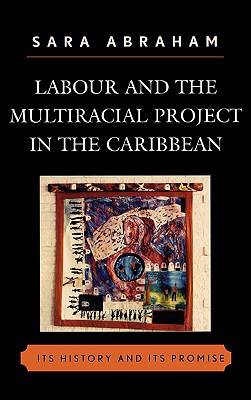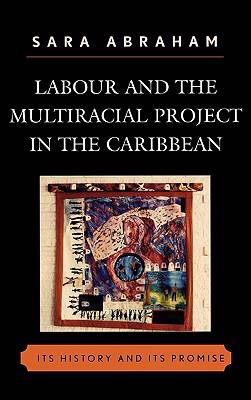
- Afhalen na 1 uur in een winkel met voorraad
- Gratis thuislevering in België vanaf € 30
- Ruim aanbod met 7 miljoen producten
- Afhalen na 1 uur in een winkel met voorraad
- Gratis thuislevering in België vanaf € 30
- Ruim aanbod met 7 miljoen producten
Zoeken
Omschrijving
The Multiracial Project in the Caribbean is a detailed case study of emancipatory racial unity in post-colonial politics. Sara Abraham argues that the Caribbean provides a good site for studying unity as the major population groups share equal power bases, unlike in metropolitan countries. She offers a rich exploration of the four historical periods of multi-racial political unity in Trinidad and Tobago and Guyana: the 1930s, 1970s, and the 1980s. In each of these cases unity was an important goal and the focus of organized social movements as the countries attempted to break out of colonial legacies of division. Abraham explores several immediate factors which led to social change, including: the structural conditions in the political system that allowed movements of unity to gain center stage, the new class formation as the social basis for a new politics, and the moral courage of the activists themselves, which is represented by first hand accounts from contemporary activists and a Caribbean political elder. *The Multiracial Project in the Caribbean* is a comprehensive and accessible work, suitable for sociologists and historians of the area as well as general readers with an interest in race relations.
Specificaties
Betrokkenen
- Auteur(s):
- Uitgeverij:
Inhoud
- Aantal bladzijden:
- 258
- Taal:
- Engels
- Reeks:
Eigenschappen
- Productcode (EAN):
- 9780739116852
- Verschijningsdatum:
- 1/08/2007
- Uitvoering:
- Hardcover
- Formaat:
- Ongenaaid / garenloos gebonden
- Afmetingen:
- 159 mm x 236 mm
- Gewicht:
- 498 g

Alleen bij Standaard Boekhandel
+ 245 punten op je klantenkaart van Standaard Boekhandel
Beoordelingen
We publiceren alleen reviews die voldoen aan de voorwaarden voor reviews. Bekijk onze voorwaarden voor reviews.











